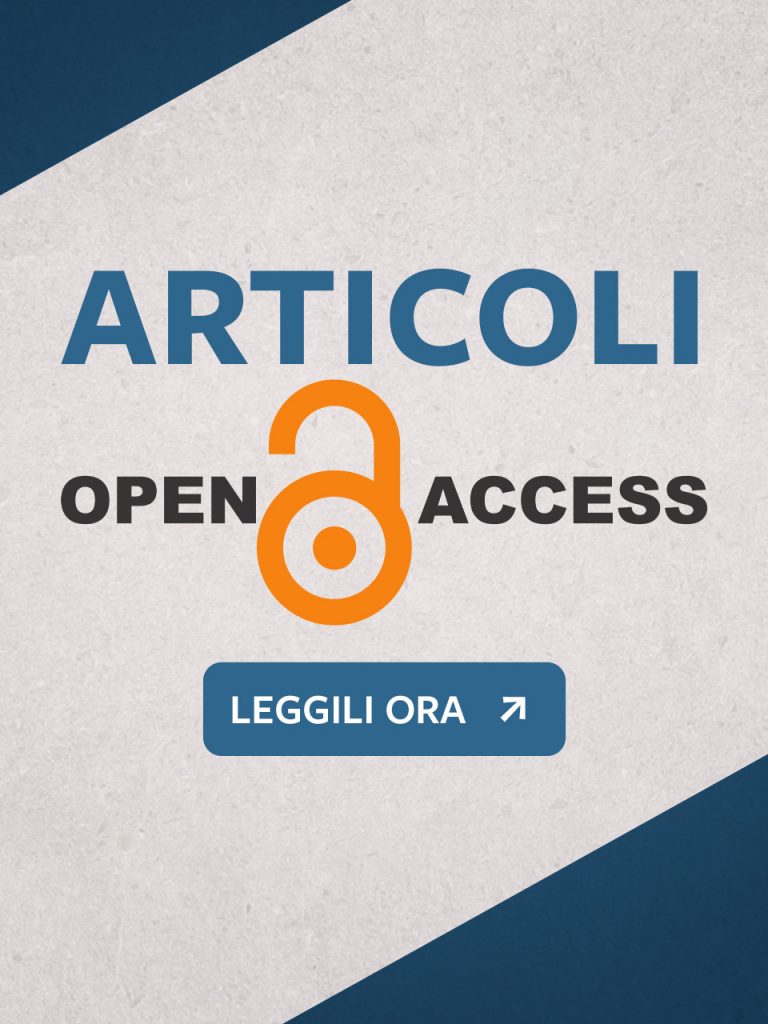Burnout, adult attachment and affective temperamental styles
Marco Innamorati, Anna Contardi, Massimo Continisio, Ettore De Monte, Mariantonietta Fabbricatore, Paolo Scapellato, Stella Tamburello, Antonino Tamburello
The aim of the study was to assess the association between adult attachment, affective temperaments,
and burnout. Our hypotheses were: 1) burnout is associated more strongly with fearful and
preoccupied attachment styles, than avoiding attachment; and 2) burnout is positively linked to
affective temperaments indicators of affective dysregulation, and negatively linked to Hyperthymia
and secure attachment. Participants were 63 (16 men; 47 women) workers of the University Hospital
«Umberto I» of Rome, Italy. Participants completed the Oldenburg Burnout Inventory (OLBI), the
Attachment Style Questionnaire (ASQ), and the Temperament Evaluation of the Memphis, Pisa, Paris
and San Diego – self-rating version (TEMPS-A). The OLBI Exhaustion is associated with the ASQ Need
for Approval (r = 0,34; p < 0,01) and Preoccupation with relationships (r = 0,37; p < 0,01), and
with the TEMPS-A Dysthymia (r = 0,46; p < 0,01), Irritability (r = 0,28; p < 0,05), and Anxiety (r =
0,54; p < 0,01). When controlling for some sociodemographic variables (sex, age, school attainment,
and years of job service), the pattern of associations between burnout, attachment, and affective
temperaments did not change. In line with our hypotheses, burnout was more strongly linked to
ASQ scales indicators of fearful and preoccupied attachments than to scales indicators of avoiding
attachment. Furthermore, burnout was associated with most affective temperaments indicators
of affective dysregulation. Not concordant with our hypotheses, burnout was not associated with
Hyperthymia and ASQ scales measuring secure attachment. In conclusion, adult attachment and
affective temperaments are factors linked to the individual response to job-related stressors.
Keywords
Burnout, adult attachment, affective temperaments, TEMPS-A.

